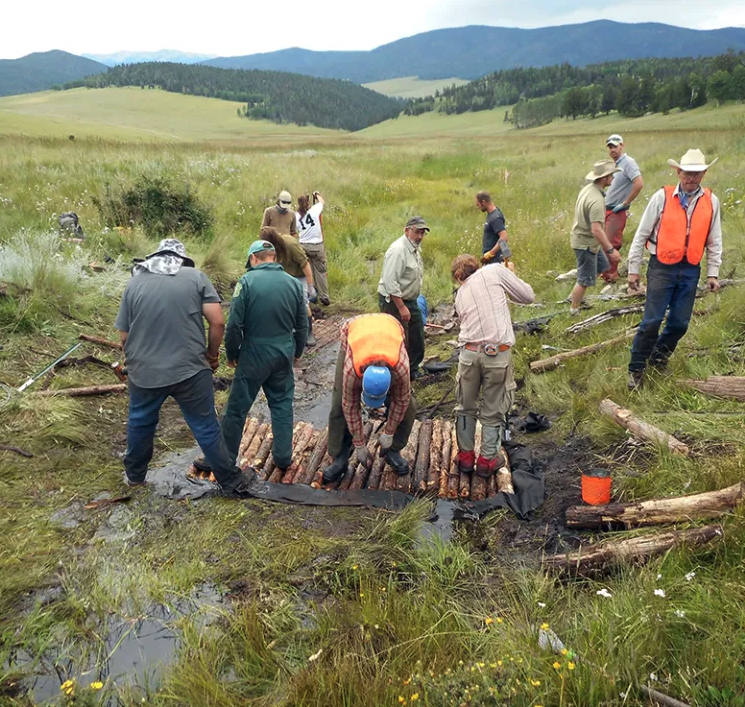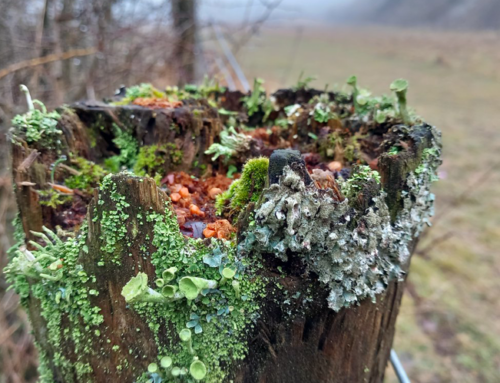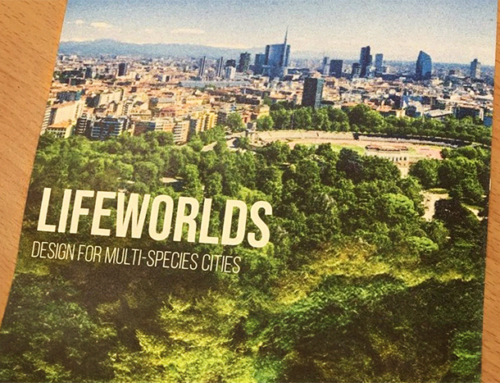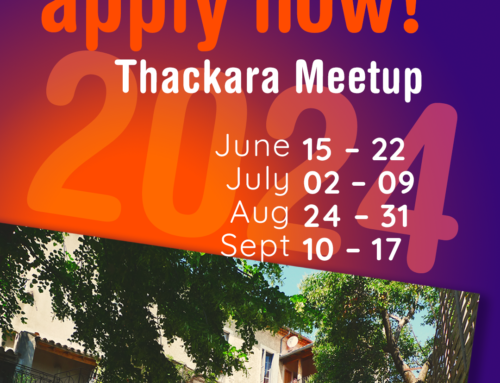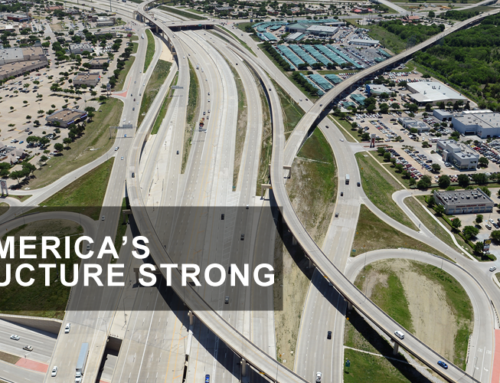These are curious times. Even as the world burns, sustainable finance and green capitalism are booming: Sustainability Reporting. Net Zero. Climate Finance. ESG. Green New Deal. By some estimates, assets invested with environmental, social and governance (ESG) criteria now top £35 trillion. Why would investors put money into an asset class – sustainability – that so clearly doesn’t do what it says on the box?
I turned for an answer to the Sustainable Finance Group at Oxford University. It is part of a Global Research Alliance for Sustainable Finance and Investment, or GRASFI
GRASFI certainly sounds green – but then I learned a dispiriting thing.
The purpose of sustainable finance is not to make the actual world actually healthier.
Rather, as explained by @adribuller in her book, The Value of a Whale, “ESG is a means of betting on the likelihood of a green future, rather than actually help build it”.
The numbers ninjas at Oxford admit as much, themselves. Their flagship report is named Sustainable Finance and Transmission Mechanisms to the Real Economy
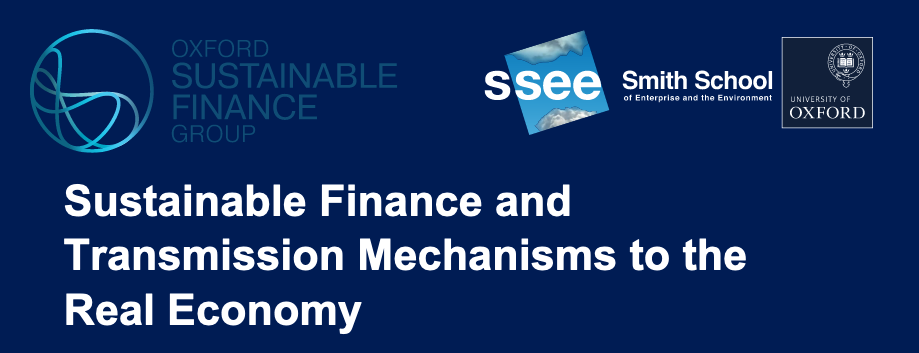
‘Real Economy’?
To the GRASFI-fed mind, the real world appears to be regarded as a sub-division of the financial one. They probably imagine a dingy office in the basement with a sign saying “Real Economy” on its door.
Yes, of course, green risk management is a lucrative business for consultants. But what about the rest of us – down here in the real world – who want to do something positive and practical for ecological flourishing?
The good news? Real-world activities to repair ecosystems, and strengthen communities, are growing all around us: projects to green the streets around offices; set up biocanteens with local farmers; plant micro-forests on depaved land; ‘daylight‘ lost rivers.
For confirmation, check out People Doing Stuff: Case Study Collections:
or take a quick look at Bottom-up biodiversity
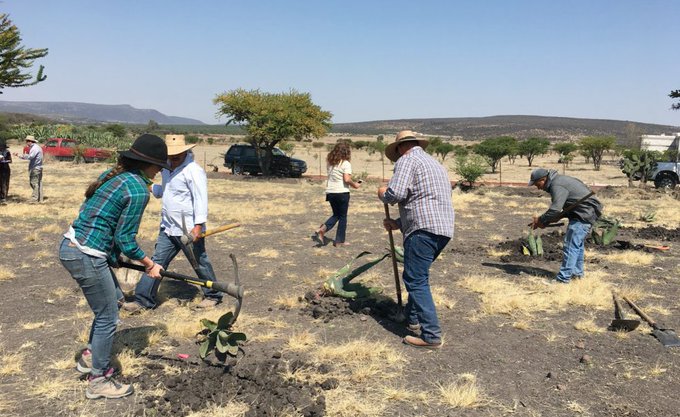
There’s a lot happening – but which kind of real-world earth repair would best suit your place of work?
If you’d like to explore that question – and what steps you might take to make something happen – we still have two places at our next Meetup starting 30 August
